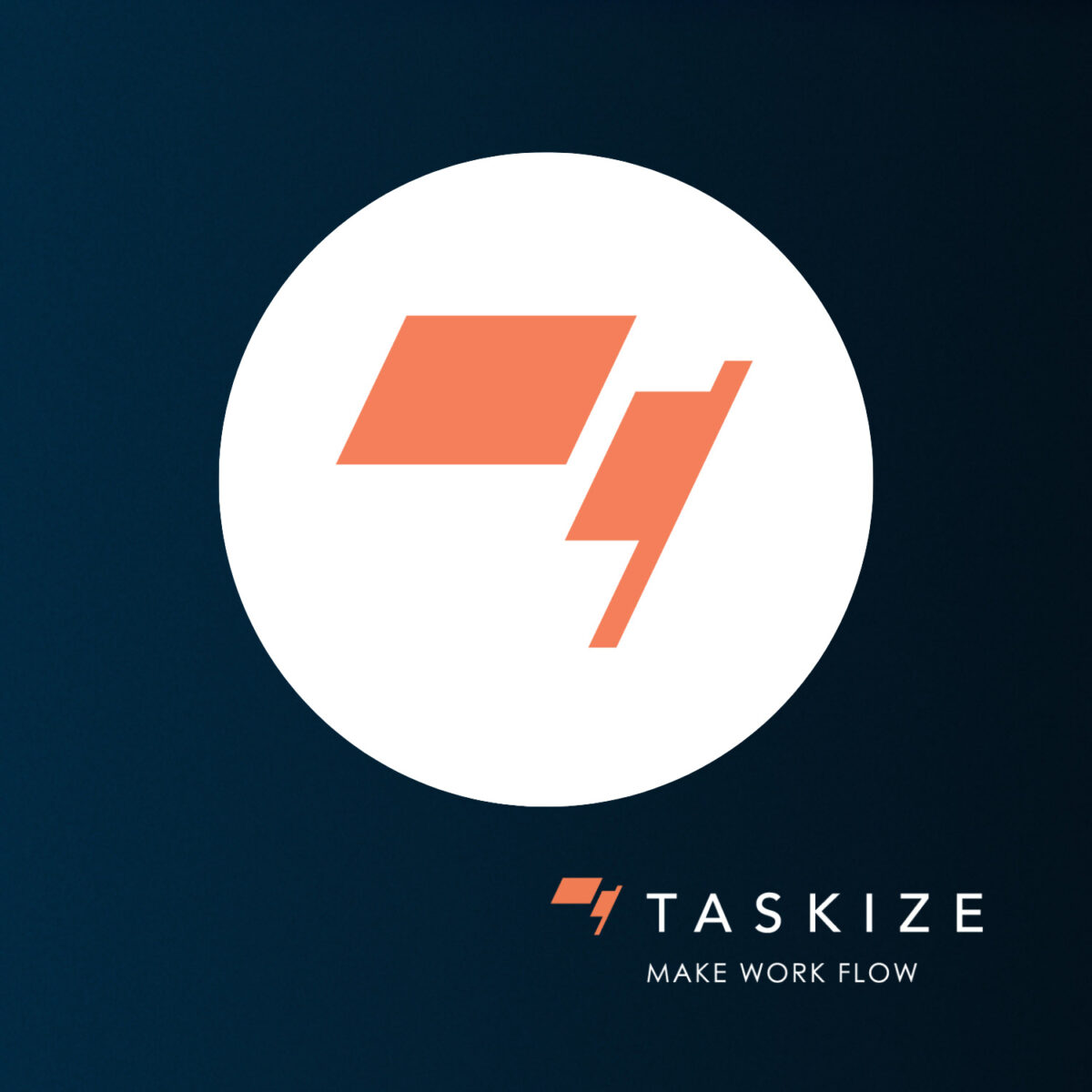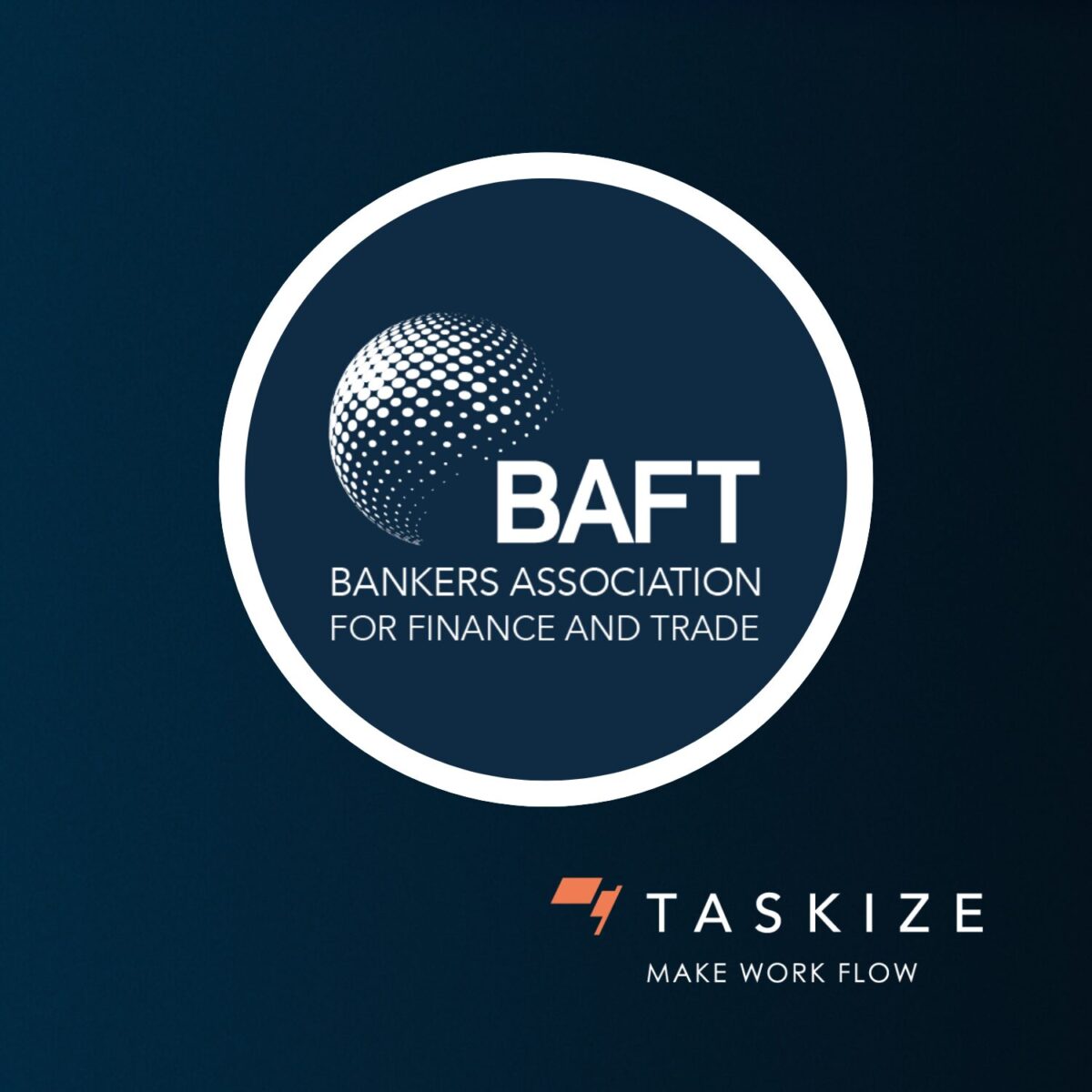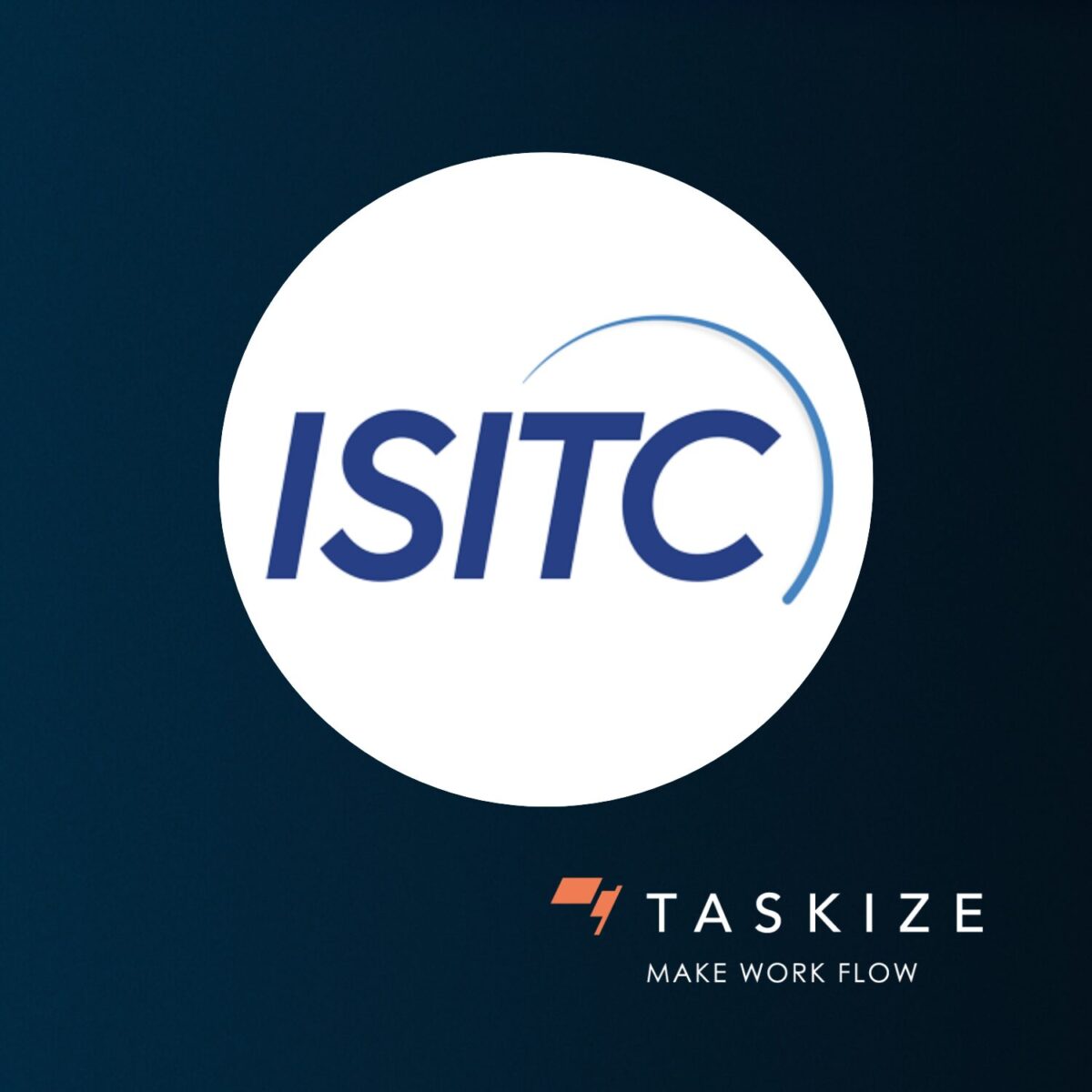Press releases
Email has changed little since its first use by US universities in the early 1970s; today’s text messages are similarly recognisable to fast adopters from the early 1990s, thanks to their facility for ubiquity and versatility. But a strength can quickly become a weakness: email and text serve many purposes today, excelling at very few. The communication platforms that followed in their wake – Facetime, Skype, Twitter, Instagram, Snapchat, WhatsApp etc. – collectively and individually offer users a wealth of more attractive options. Party invitations, gossip, gardening tips and restaurant recommendations sent via email or text lack the impact, efficiency or security of newer platforms that better serve the precise needs of the sender and the situation.
The finance sector is also gravitating towards customisable channels for specific uses. Asset managers, for example, are looking to consume data from custodians on a more bespoke basis, migrating from formatted reports to self-service models that deliver data with greater speed and flexibility. They are using APIs to draw down data at prescribed intervals (even in real time), integrating it with other sources for analysis by internal or third-party tools, to derive insights and improve processes.
[pullquote type=”left”]Email and text serve many purposes today, excelling at very few.[/pullquote]
In the preceding blog, we explored how digital innovations are reducing the level of exceptions processed manually in back offices. Here and beyond, fintechs and banks are combining agile development techniques with domain expertise and technological know-how to deliver solutions that address a very precise problem, but which are also customisable, interoperable and require minimal IT support. This fast-emerging, plug-and-play ecosystem is enabling firms to select best of breed, fit-for-purpose solutions, rather than settle for second-best.
Inevitably, the forces of inertia must be overcome. Many firms still use email or chat to locate and negotiate with counterparties when investigating a failed trade. The shortcomings of co-opting such unstructured and unsuited channels are manifold. One common problem is that so many people get copied as the issue escalates that the chain of responsibility is obscured and everyone assumes someone else is handling it. With Taskize, by contrast, users tackle exceptions in a confidential ‘bubble’ into which only authorised parties are invited via a smart directory and next steps are indicated by flags to reduce duplication and confusion.
The wider point is that innovation continues to provide dedicated tools to improve staff and process efficiency. Banks are rolling out service-specific chatbots, initially handling account and transaction status queries, freeing staff to add value elsewhere, gradually using machine learning to handle more complex tasks.
[pullquote type=”right”]The shortcomings of co-opting such unstructured and unsuited channels as email are manifold.[/pullquote]
Even so, there is sometimes no substitute for talking the issue through face to face with peers. Events and conferences still thrive, as the mix of presentations, exhibitions and networking opportunities remains compelling to the social animals that we all are. As operational tasks are handled by dedicated, purpose-built platforms, we still need to share ideas, opinions and anecdotes in the flesh to get a sense of evolving trends and best practice, or indeed barriers and discord. Even a fintech like Taskize has organised regular short-form events (Taskize Operations Forums) for clients to share experience in a convivial but professional environment.
Here too, the principle has been adopted of using fit-for-purpose channels. No longer do we come away from conference centres weighed down by bumf. At the recent Innovate Finance Global Summit in London, organised by the UK’s fintech trade association, a dedicated app handled registration and supplied agenda, floor plans, speaker details and attendee contacts.
[pullquote type=”left”]Technology innovation is making it so easy to adopt solutions that meet precise needs flexibly, transparently and at scale.[/pullquote]
As an example of what fintechs can bring to the finance sector the app was a suitable digital ambassador, backed up a diverse, experienced and insightful array of speakers. In a session on financial inclusion, speakers noted how today’s technology fits in with the flow of users’ daily lives, providing tools that make it easier to achieve their goals. Examples included an app that redirects a portion of salary to a savings product before it hits the user’s bank account (ensuring they save more than what’s left over at the end of the month) and a debt management tool that structures repayments via a chat bot, rather than having to face the judgement of a human advisor.
In each case, dedicated but flexible digital tools are delivering greater control and better outcomes than the analogue alternative of walking into a bank branch to get your finances in order with an over-stretched and under-resourced client services representative.
The message from the retail to the institutional space is clear: you will lose customer relevance if you rely on established but imperfect solutions, because technology innovation is making it so easy to adopt solutions that meet precise needs flexibly, transparently and at scale. In the digital economy, only the best of breed is fit for purpose.
[share title=”Share this Post” facebook=”true” twitter=”true” linkedin=”true” email=”true”]
You may also like
Events & Webinars
Insights
Resilience and innovation in banking: Key takeaways from the BAFT Forum
Read our key takeaways from the BAFT Forum
Events & Webinars
Taskize heads to ISITC Securities Operations Summit 2025
Find out how Taskize streamlines post-trade operations



